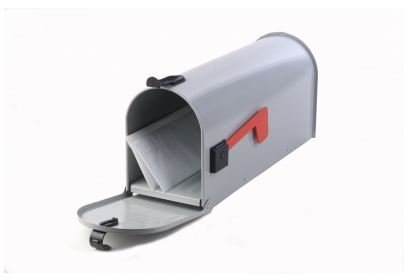Mail Out Questionnaires: Still Effective in the Modern Age?
A questionnaire is a form containing a set of questions, usually administered to people as part of a survey or research to elicit their opinion on the topic. The major advantages of questionnaires as a tool for data collection is the ability to ensure consistency and standardization, anonymity, and ease of administration and analysis.
In the past, sending questionnaires by mail or delivering questionnaires to people in person remained the most preferred and effective method to collect data. The Internet, which allows creating web questionnaires and sending questionnaires through email, has made mailing questionnaires or visiting people to administer questionnaires largely obsolete. The preferred method of administering questionnaires now are through survey websites such as Surveymonkey and using Google Docs or other tools to create questionnaires and sending them through various methods such as email, instant messenger chat, sharing links in social network sites, and more.
Advantages of Electronic Questionnaires
The electronic methods of administering questionnaires provides many advantages over the traditional mail out questionnaires or postal surveys. It is faster, cost efficient, and allows for easy and mostly automated analysis.
For postal surveys, the researcher would have to spend time and money sendng out the questionnaires, and then on receipt, scan the data into the computer for analysis. Technology allows sending electronic questionnaires to multiple respondents with a few clicks, and instant results in the desired specification upon receipt of the answers.
The researcher may have to follow up questionnaires sent by postal mail through email or telephone calls to confirm delivery and cajole response. Unlike postal mail accessible by anyone at the same address, electronic mail reaches the recipient’s inbox and has a greater chance of the intended recipient viewing and acting on the same without any further follow-up. Automating any follow-up required counts as another advantage of electronic questionnaires.
Advantage of Mailing Questionnaires
The many advantages of administering electronic questionnaires that account for its widespread use notwithstanding, mail questionnaire or postal surveys retains advantages and relevance for some occasions.
Even with the vast reaches of the Internet, many people are still without Internet access. Even if they do have access to Internet, some remain uncomfortable with it. Many others, even those very competent with computers may find answering questions through computers stressful or discomforting. The relevance of newspapers in the age of news websites that provides instant and customized news is a good analogy. Mailing questionnaires remains the best way to reach such people.
The benefits of electronic questionnaires come with inherent security risks. Emailing questionnaires runs the risk of the sender being able to track the recipient through an email address, or by tracking the sender’s IP address. Again, the best of encryption and security safeguards notwithstanding, electronic communication always remain susceptible to interception by hackers out to rob data containing sensitive personal details or confidential information. Even without such interception, electronic mails containing questionnaires can come with deadly Trojans, virus, and other malware that can wreck havoc with the computer and network.
Finally, unsolicited electronic questionnaires can easily find their way to the junk folder, and even if it does reach the mailbox, most people simple delete it without even opening it. The same users would invariably open and pay much more attention to all postal mail received.
A review of the advantages of disadvantages of mail out questionnaires confirms while electronic questionnaires makes them redundant in many occasions and situations, they still have their uses and are not yet completely obsolete. The advantages of mail surveys or postal questionnaires ensure their continued popularity.
Reference
Kai, Young (2007). “Voice of the Customer: Capture and Analysis.” McGraw-Hill Professional.
Image Credit: freedigitalphotos.net/felixco Inc
